
Parenting is quite a daunting task; every parent has their ways to raise their kids, but when it comes to food or food habits, all parents want to inculcate the best and healthiest food habits among their children. Kids nowadays are more inclined to fast food. It is always a big ‘Yes’ to pizza, burger, pasta, and the biggest ‘No’ to veggies or healthy foods. So, being a parent, we seek new ideas and various ways to include veggies in our favorite snacks or food. Some parents go for fortified and enriched foods; I guess you must have seen food labels saying ‘fortified’ or ‘enriched’. So, what are they, and how good are they for your kids? Here is all you need to know about these fortified and enriched foods.
What are Fortified and Enriched Foods?
Food enrichment and food fortification are the addition of various supplements to any food to make it healthy and nutritious.
Fortified Foods

Adding some vitamins and minerals to a food item that were not originally present is called fortification. For example, vitamin D is not present in milk. So, companies add vitamin D to their milk to fulfill the deficiency. This milk is then called fortified milk.
Also Read: The major nutrient source for babies and young kids is their fortified milk. You can check the baby food stages with age here.
Food Enrichment
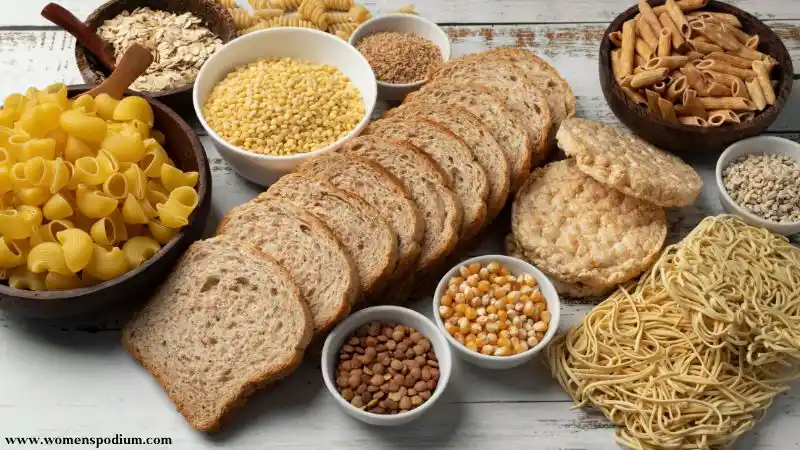
Adding back the nutrients that were lost during food processing is called food enrichment. For instance, we add vitamin B to white flour to make a loaf of bread.
Types of Fortification of Foods
There are three main types of fortification of foods:
- Commercial and Industrial Fortification
- Biofortification
- Home fortification
1. Commercial and Industrial Fortification
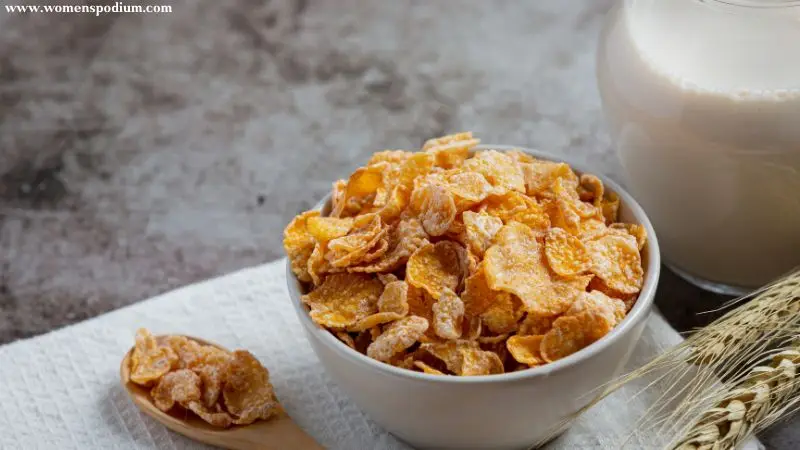
The addition of minerals and micronutrients to edibles at an industrial scale is commercial and industrial fortification. For example, adding certain nutrients to cereals, milk, eggs, etc.
2. Biofortification
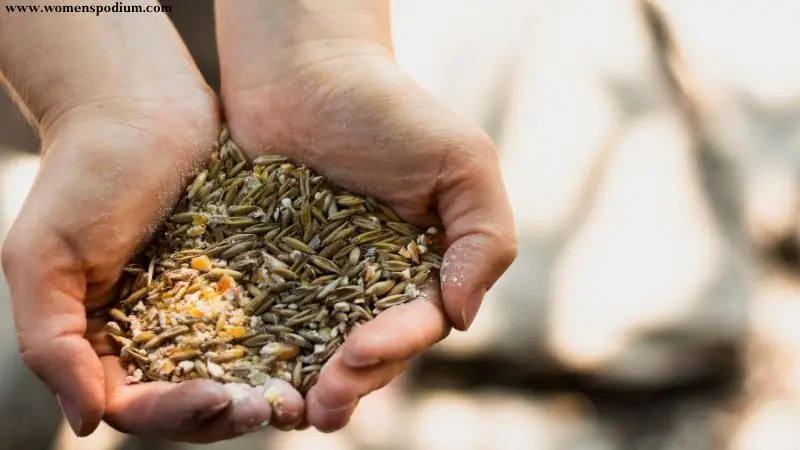
The process of enhancing the micronutrients of crops by specific reproduction or genetic modification is called biofortification, such as the biofortification of wheat with zinc.
3. Home Fortification

The improvement of the diet with nutrients and minerals to meet young children’s nutritional requirements is called home fortification. Adding a few drops of vitamin D to milk before serving it to your children is an example of home fortification.
Are Fortified and Enriched Foods Healthy?
Food fortification and enrichment an old concepts. This technique helps maintain health. To add on, it reduces the diseases caused by mineral and nutrient deficiency. For example, vitamin D deficiency causes rickets. Conversely, consuming excessive amounts of such foods is toxic. Hence, always consume such foods on the recommendation of your dietitian.
Benefits and Risks of Fortified and Enriched Foods
Fortified and enriched foods have many advantages as well as disadvantages. Here, we will discuss both the benefits and risks of eating fortified and enriched foods.
Fortified and Enriched Foods for Kids

Every child needs a moderate amount of nutrients. However, excessive nutrients can be harmful to the body.
Benefits:
- These help children meet their daily nutrient requirements.
- They help children in their growth and development.
- These foods fulfil the deficiency of iron, zinc, and vitamins.
- Fortified and enriched foods improve immunity.
- The body can store the nutrients to consume later on.
Risks:
These foods come with the following risks:
- Sometimes, the food contains a high concentration of glucose, sodium, or lipids.
- Taking minerals more than the daily recommended value is harmful.
- Children between 2 to 8 consume more zinc and vitamin A. Therefore, they become overdosed. Furthermore, these overdoses damaged the children.
Fortified and Enriched Foods for Adults

Adults also need to know whether fortified and enriched foods are beneficial for them or not.
Benefits:
- Minerals are equally important for adults to maintain their health.
- These foods fulfil the deficiency of nutrients.
- Fortified milk is essential for healthy bones.
- Adding folic acid to cereals prevents anaemia.
- Folic acid-containing foods are necessary for pregnant women to prevent neural tube defects in their foetus.
- Consuming iodized salt keeps you safe from goitre and other thyroid disorders.
Risks:
- The processed and packaged foods contain a high amount of nutrients. Excessive minerals are not healthy for adults.
- Fortified and enriched foods may cause high blood pressure or diabetes issues.
- Pregnant women should avoid too much vitamin A intake because it can lead to congenital disabilities (birth defects)
- People using prescribed medication must reduce the consumption of these foods. Otherwise, they will lose the absorption of other micronutrients.
- Overconsumption can damage the organs. For example, the excessive consumption of iron can cause liver damage.
List of Fortified and Enriched Foods
Here, we will discuss a little review of some fortified and enriched foods that are widely used.
1. Cereals and Cereal-Based Products

Cereals have been the primary source of the meal for thousands of years. Milling of cereals removes a significant part of the nutrients from the refined product. So, it is the best way to get back or restore the minerals of the product. Moreover, it recovers the deficiency of the population.
How are Cereals and Cereal-Based Products Fortified and Enriched?
Here, you will know a little about the fortification method of cereals and cereal-based products.
2. Rice, Flour, and Other Whole Cereal Grains
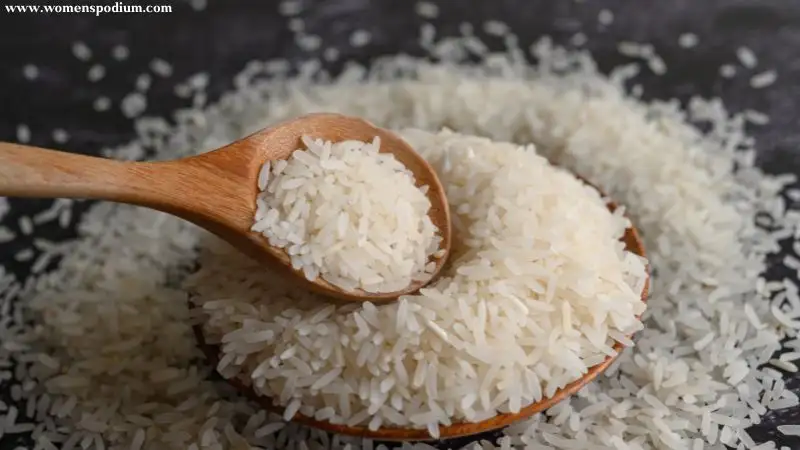
These can be fortified by:
- Spraying the layers of grains
- Adding nutritious powder to grains
- Coating of cereals with vitamins and minerals
- Mixing iron with the floor
- Adding vitamins like folic acid, riboflavin, niacin, and thiamine
- Adding Calcium and magnesium to the dough of bread before baking
- Mix a small amount of zinc and phosphorus with maize flour
3. Fats and Oils

Oils and fats are an essential source of fatty acids. Seeds, plants, and animals are a good source of edible fats. There are many types of oils, such as sunflower oil, canola oil, fish oil, peanut oil, etc., that are very beneficial for the normal functioning of the human body.
How are the Oils and Fats Fortified or Enriched?
The fortification and enrichment of oils and fats include the following major vitamins.
- Vitamin A is fat-soluble. Therefore, vitamin A is particularly added for the fortification of oil.
- Moreover, other vitamins like vitamin D, E, and K are also used in the fortification of oil.
4. Tea and Other Beverages

Tea, fruit juices, and other beverages are treated to make them more wholesome and healthy. However, excess glucose is removed from the juices to make them fit for diabetics as well.
How are Tea and the Other Beverages Fortified or Enriched?
The fortification and enrichment of tea and other beverages take place as follows:
- Spraying Vitamin A 6 months before brewing the tea leaves.
- Mixing of iron in tea.
- Addition of vitamin C and A to fruit beverages.
- The blending of a substitutional proportion of glucose with drinks.
5. Milk and Milk Products
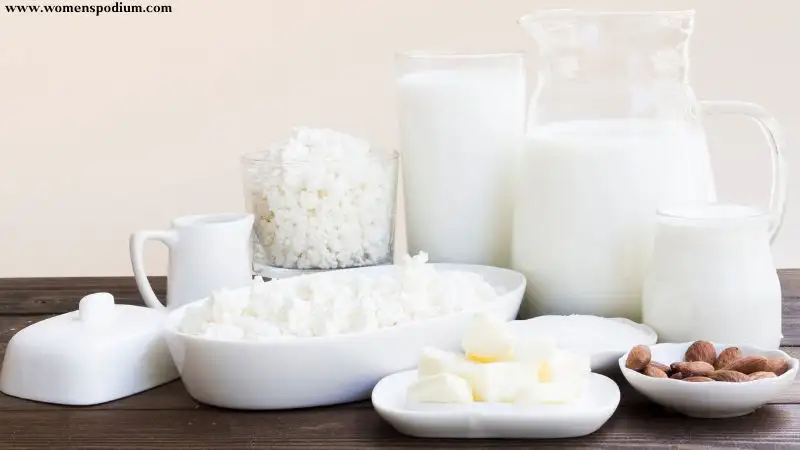
According to research, humans have been consuming milk for 10,000 years. Milk and other dairy products are compulsory for bones as well as muscles.
How are Milk and Milk Products Fortified and Enriched?
The milk and dairy products’ fortification and enrichment take place as follows:
- Commonly, we mix vitamin A and D with milk to make it more nutritious.
- We add iodized salt to cheese to make it more nutritious.
- Adding vitamin B to yogurt gives it a richer flavor.
The bottom line is that fortified and enriched foods have several health benefits. These are essential for the proper growth and development of the human body. However, always be cautious about consuming these foods in moderation. Additionally, in case of any side effects, consult your physician immediately.
Also Read: You can include the Vitamin-A rich foods in your diet to replenish the vitamin deficiency, along with the fortified oil. The more enriched foods mean more nourishment.





